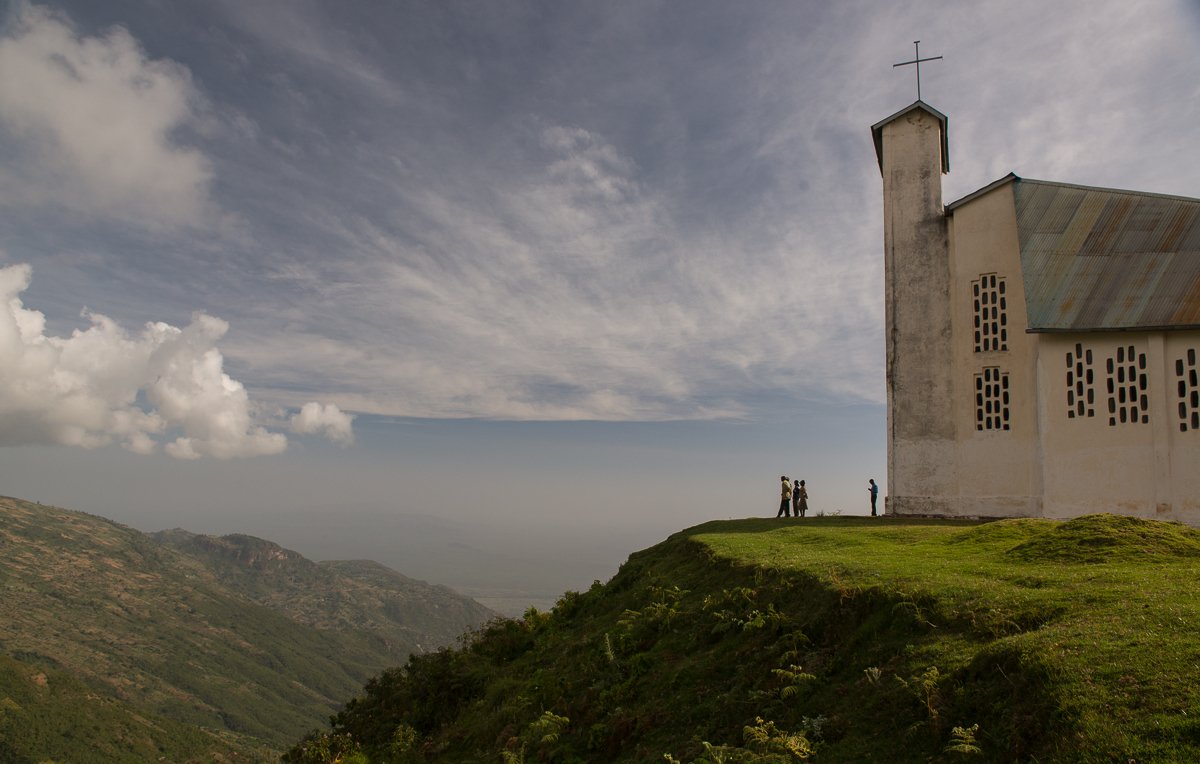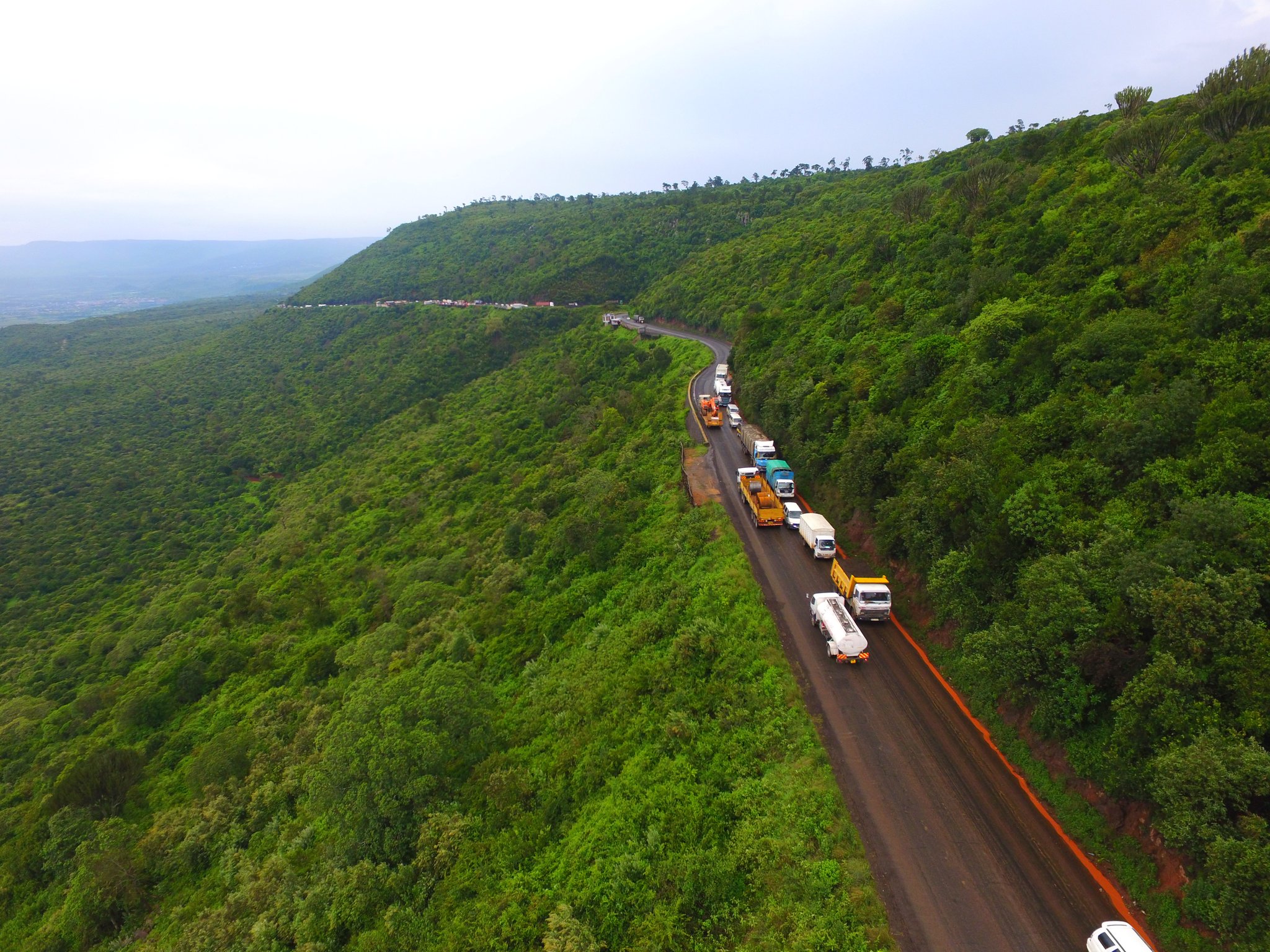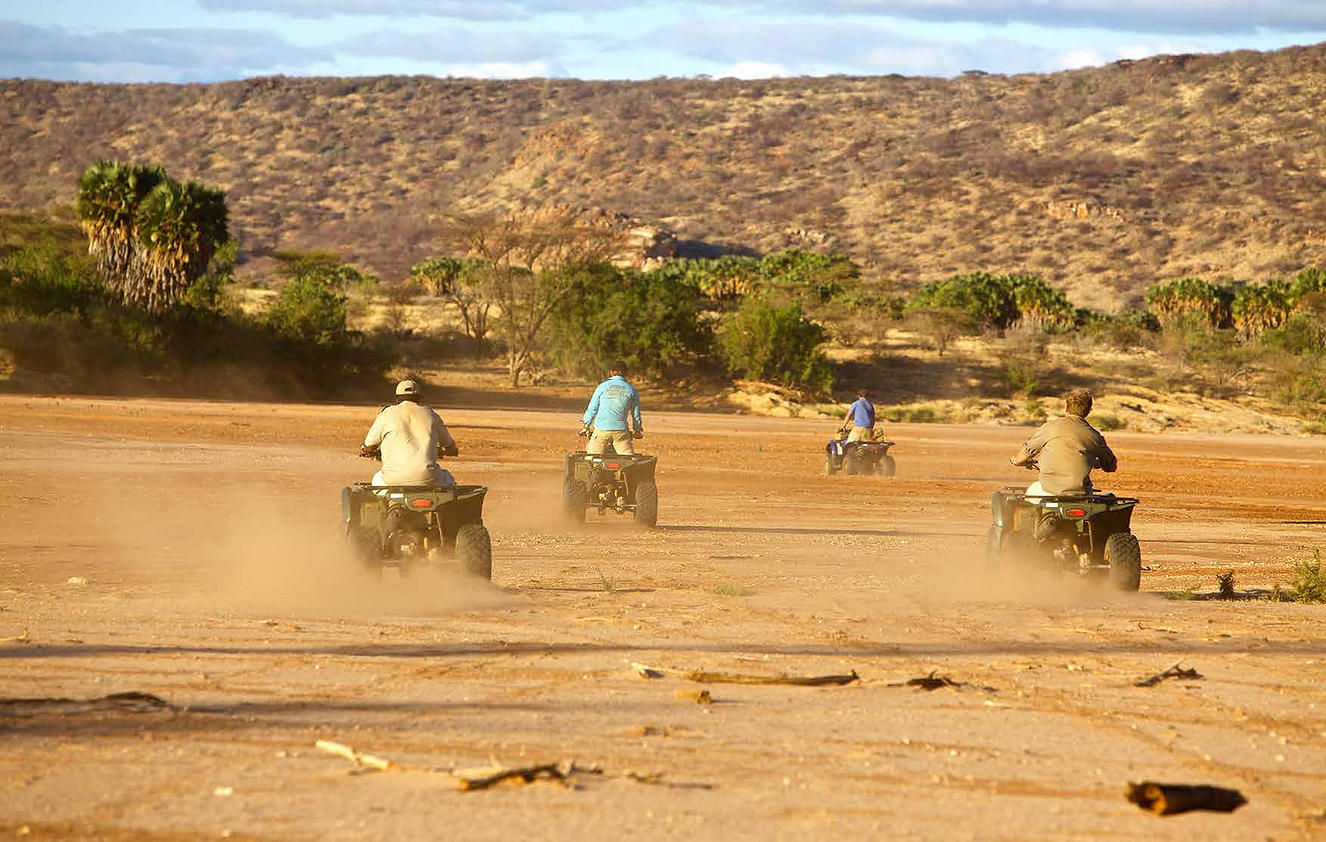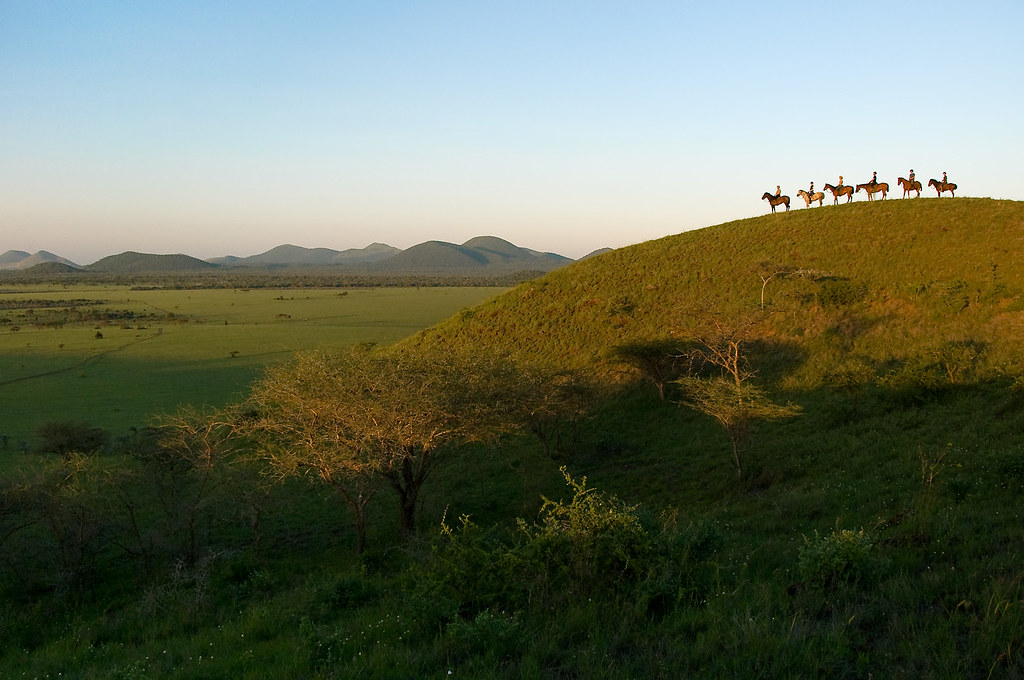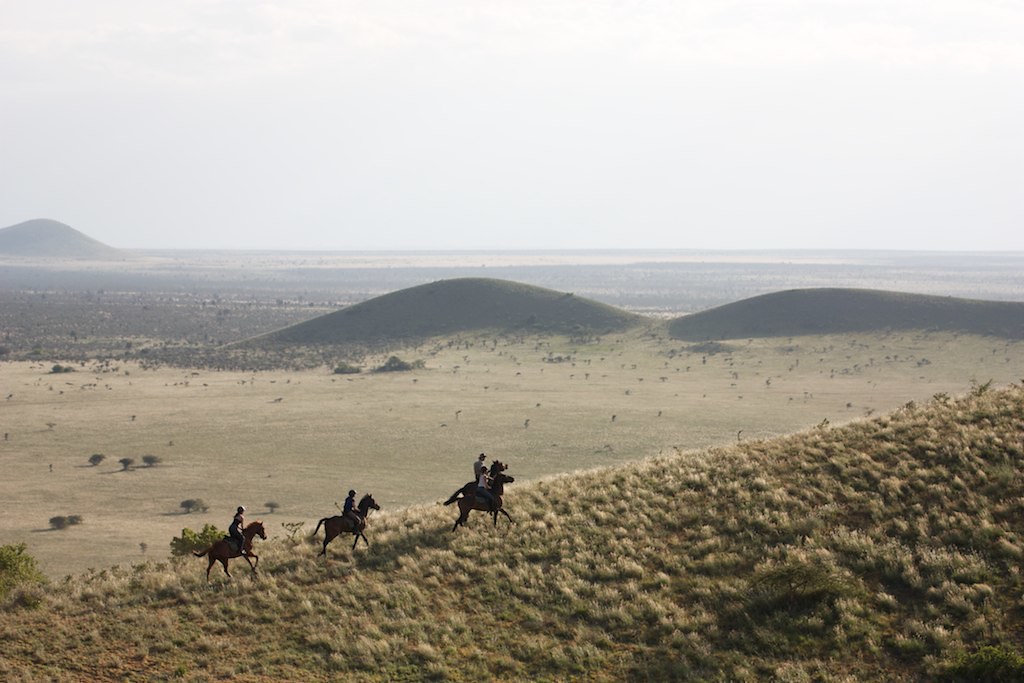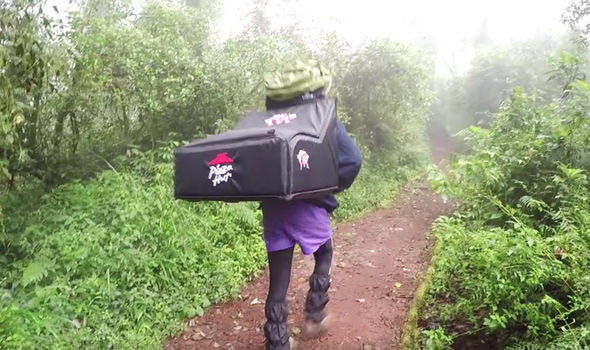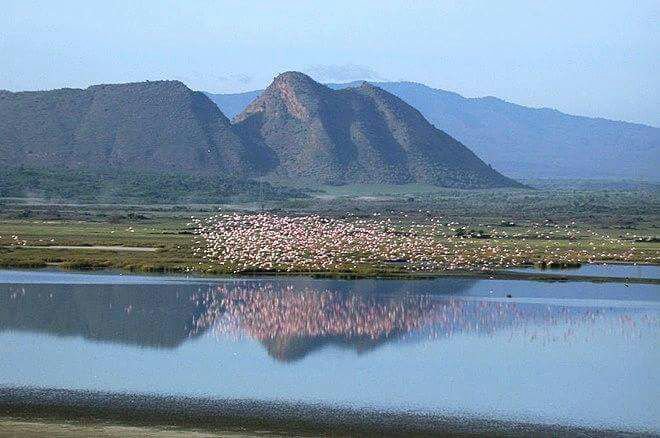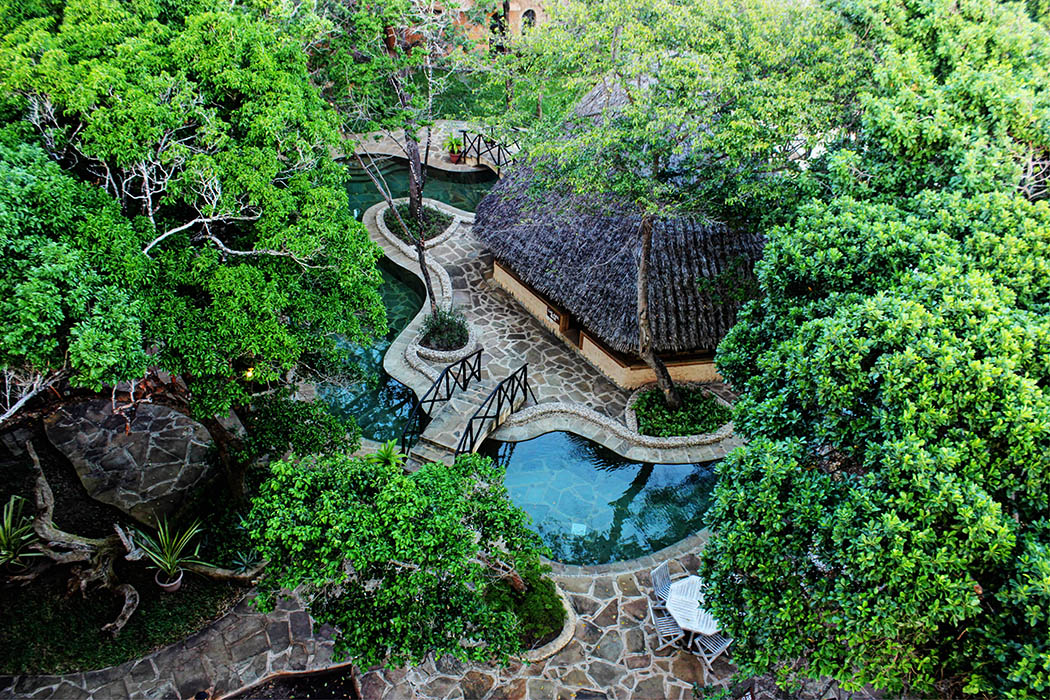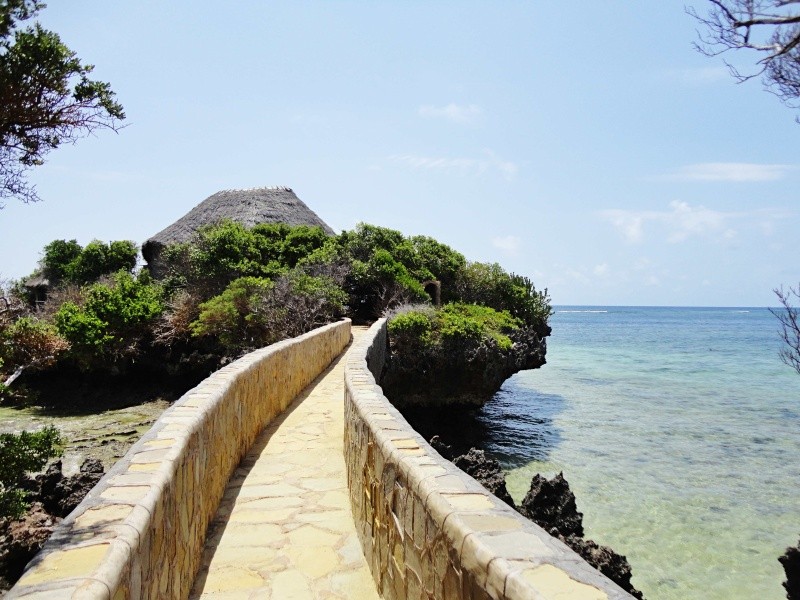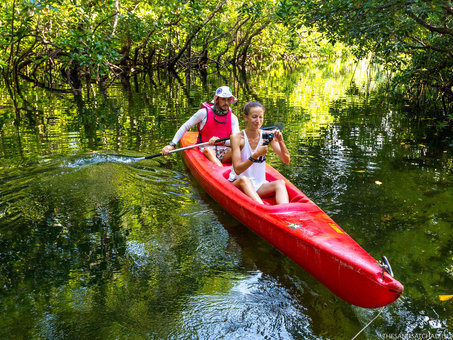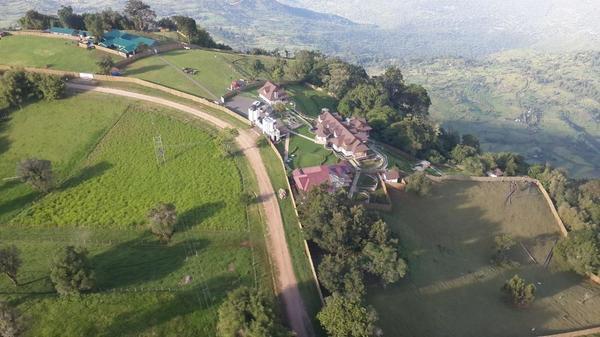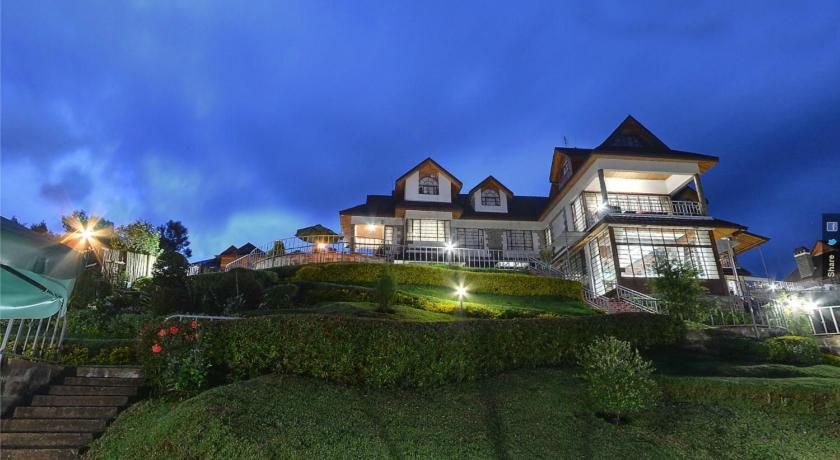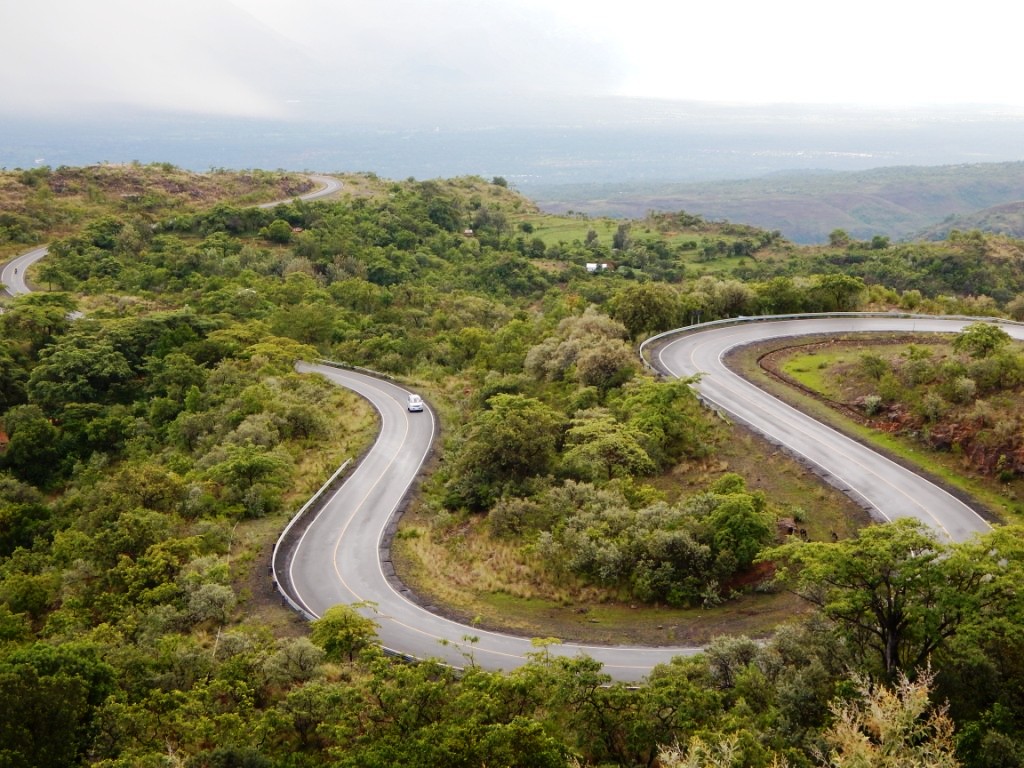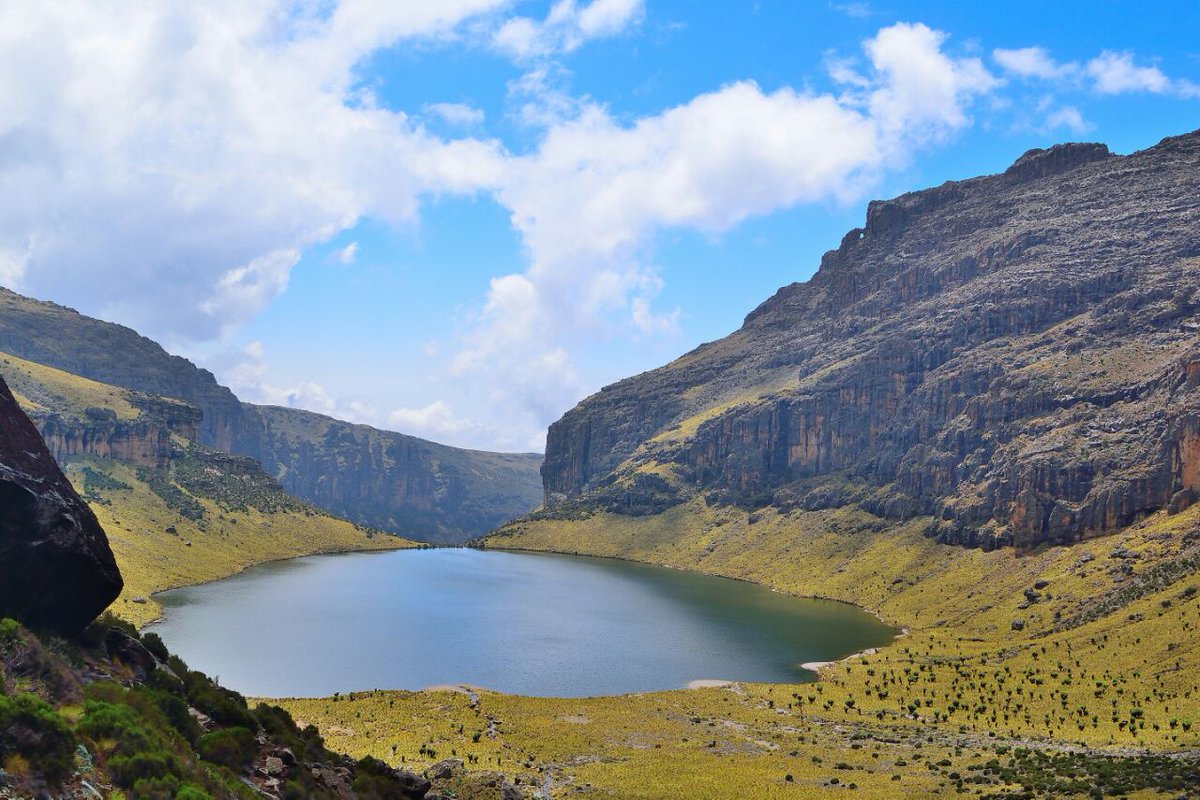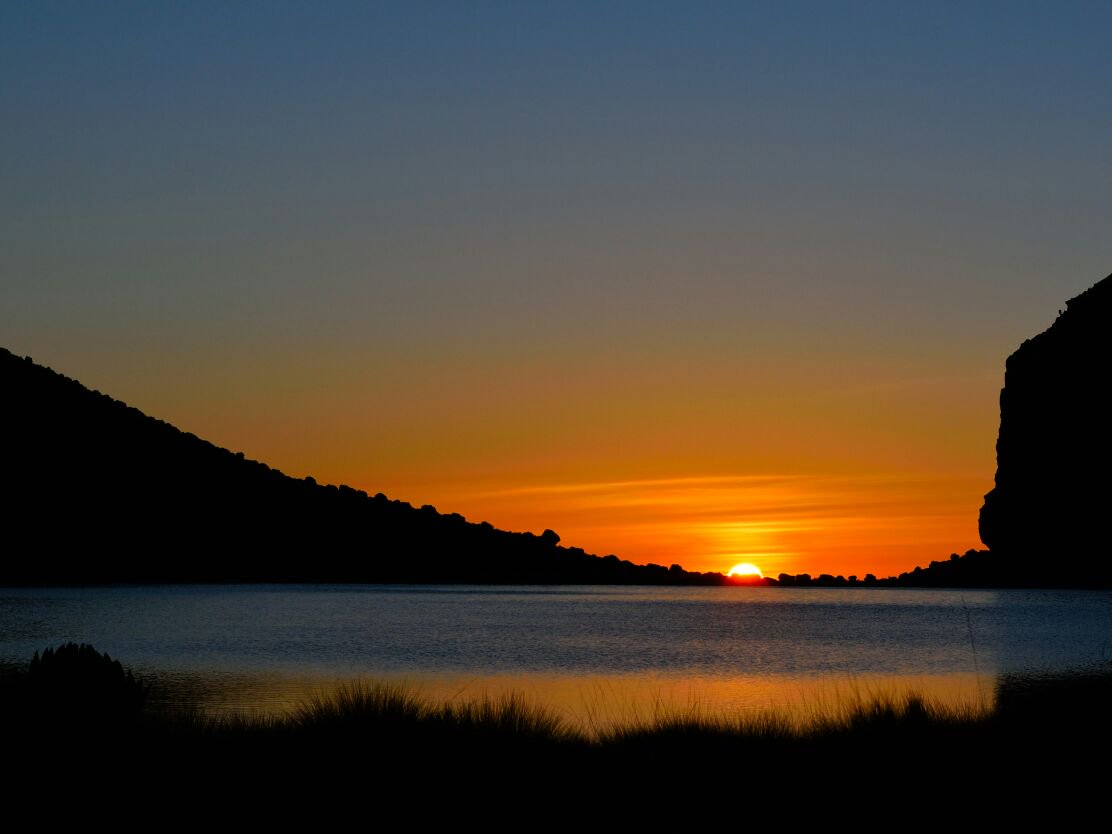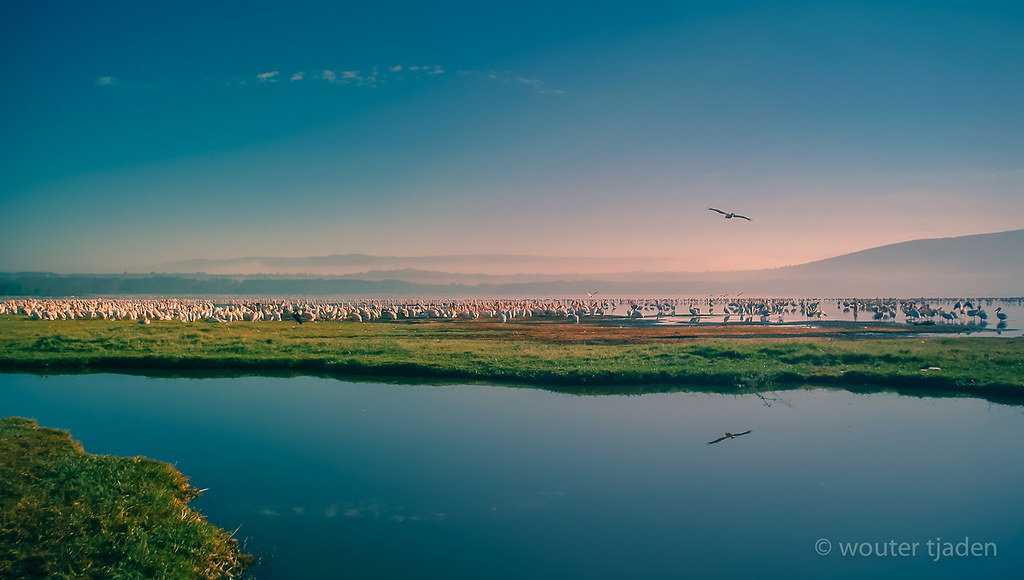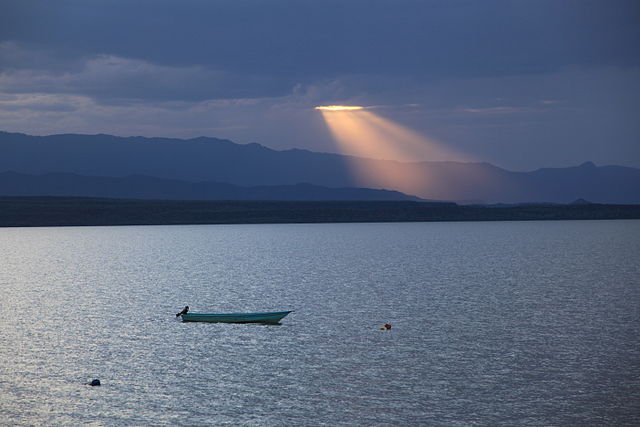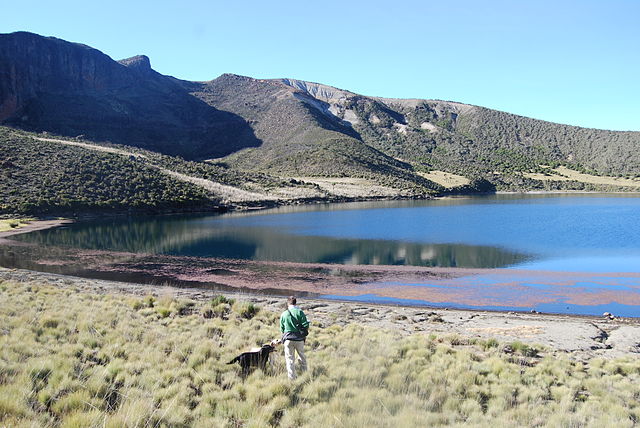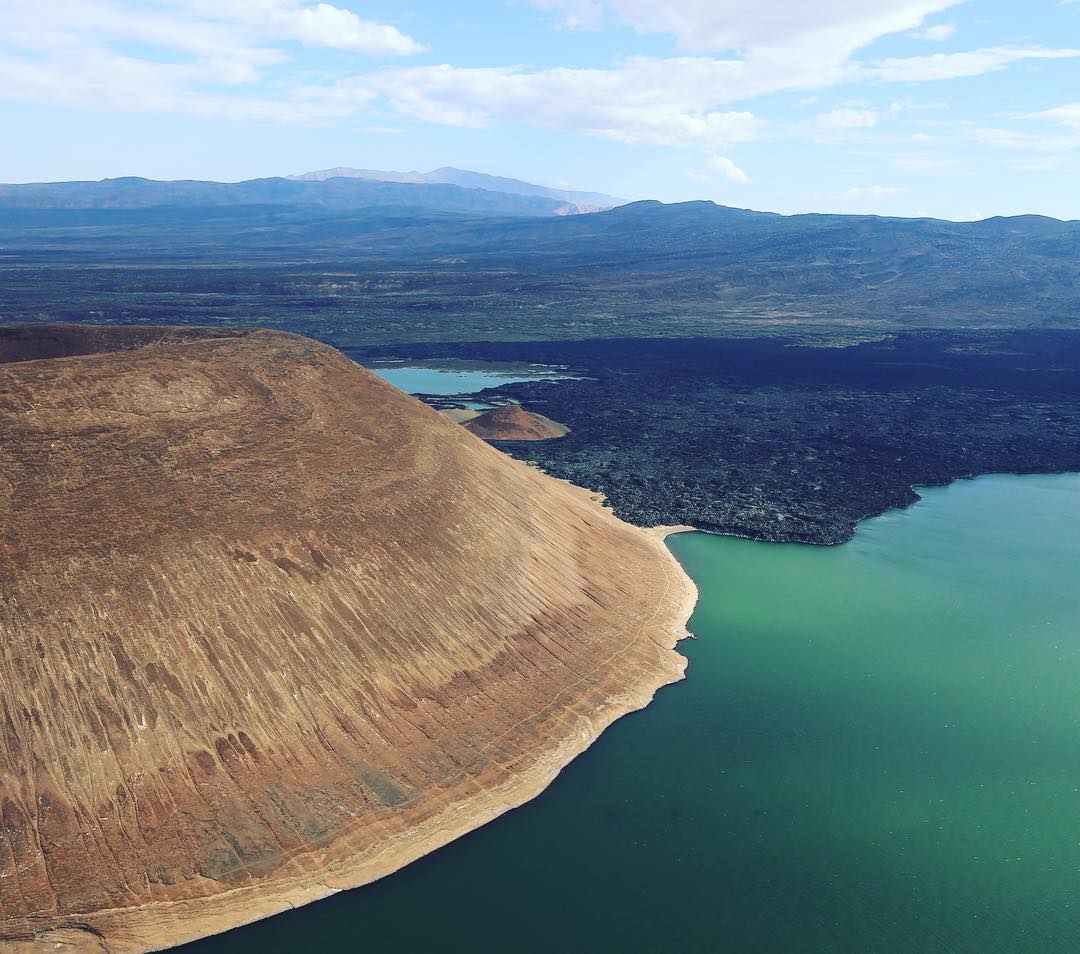Geza Ulole
JF-Expert Member
- Oct 31, 2009
- 59,209
- 79,455
- Thread starter
- #841
Africa's most Insta-famous tourist destinations: Cape Town takes the crown

Cape Town, with its magic mountain, is the most hash-tagged African tourist city on Instagram.
Image: iStock
With more than 4-million pics posted, Cape Town is Africa's most Instagrammed tourist city, writes Elizabeth Sleith
Disneyland might be the world's most Instagrammed tourist attraction, but when it comes to Africa, Cape Town is the magic kingdom.
A recent survey revealed that Disneyland, in California, US, is the world's most shared tourist attraction when it comes to posts on Instagram.
The US amusement park comes in with an incredible 12-million hashtags, according to the report by the UK-based accommodation website City Base Apartments.
It's noteworthy, though, that in the entire top 20, all the attractions are either in the US, Europe or Asia.
Curious about tourists in Africa and what makes their Insta-hit parade, we undertook an - admittedly unscientific - exercise.
We took the top 10 tourist destinations in Africa - according to Tripadvisor's 2016 Traveller's Choice Awards - and cross-checked these to see how they ranked on Instagram.
While Marrakech, Morocco, is at No 1 in the Tripadvisor awards, when it comes to Insta-fame, Cape Town (second on the Tripadvisor list) is the hands-down winner, with more than 4,3-million hashtags.
[HASHTAG]#Marrakech[/HASHTAG] (adding in [HASHTAG]#Marrakesh[/HASHTAG]) trails behind in second place with 1,8-million.
The rest of the top 10 is as follows:
3) [HASHTAG]#Zanzibar[/HASHTAG] (585,000);
4) [HASHTAG]#Nairobi[/HASHTAG] (433,000);
5) [HASHTAG]#Fes[/HASHTAG] (419,679);
6) [HASHTAG]#VictoriaFalls[/HASHTAG] (10,1000, including [HASHTAG]#VicFalls[/HASHTAG]);
7) Knysna (98,000);
8) [HASHTAG]#Arusha[/HASHTAG], Tanzania (60,000);
9) [HASHTAG]#DianiBeach[/HASHTAG], Kenya (18,000);
10) [HASHTAG]#GrandBaie[/HASHTAG], Mauritius (14,016).
According to the City Base Apartments survey, the world's top three "Insta-tractions" are in the US: Disneyland, California; Walt Disney World, Florida; and Central Park, NYC.
Africa's most Insta-famous tourist destinations: Cape Town takes the crown

Cape Town, with its magic mountain, is the most hash-tagged African tourist city on Instagram.
Image: iStock
With more than 4-million pics posted, Cape Town is Africa's most Instagrammed tourist city, writes Elizabeth Sleith
Disneyland might be the world's most Instagrammed tourist attraction, but when it comes to Africa, Cape Town is the magic kingdom.
A recent survey revealed that Disneyland, in California, US, is the world's most shared tourist attraction when it comes to posts on Instagram.
The US amusement park comes in with an incredible 12-million hashtags, according to the report by the UK-based accommodation website City Base Apartments.
It's noteworthy, though, that in the entire top 20, all the attractions are either in the US, Europe or Asia.
Curious about tourists in Africa and what makes their Insta-hit parade, we undertook an - admittedly unscientific - exercise.
We took the top 10 tourist destinations in Africa - according to Tripadvisor's 2016 Traveller's Choice Awards - and cross-checked these to see how they ranked on Instagram.
While Marrakech, Morocco, is at No 1 in the Tripadvisor awards, when it comes to Insta-fame, Cape Town (second on the Tripadvisor list) is the hands-down winner, with more than 4,3-million hashtags.
[HASHTAG]#Marrakech[/HASHTAG] (adding in [HASHTAG]#Marrakesh[/HASHTAG]) trails behind in second place with 1,8-million.
The rest of the top 10 is as follows:
3) [HASHTAG]#Zanzibar[/HASHTAG] (585,000);
4) [HASHTAG]#Nairobi[/HASHTAG] (433,000);
5) [HASHTAG]#Fes[/HASHTAG] (419,679);
6) [HASHTAG]#VictoriaFalls[/HASHTAG] (10,1000, including [HASHTAG]#VicFalls[/HASHTAG]);
7) Knysna (98,000);
8) [HASHTAG]#Arusha[/HASHTAG], Tanzania (60,000);
9) [HASHTAG]#DianiBeach[/HASHTAG], Kenya (18,000);
10) [HASHTAG]#GrandBaie[/HASHTAG], Mauritius (14,016).
According to the City Base Apartments survey, the world's top three "Insta-tractions" are in the US: Disneyland, California; Walt Disney World, Florida; and Central Park, NYC.
Africa's most Insta-famous tourist destinations: Cape Town takes the crown










